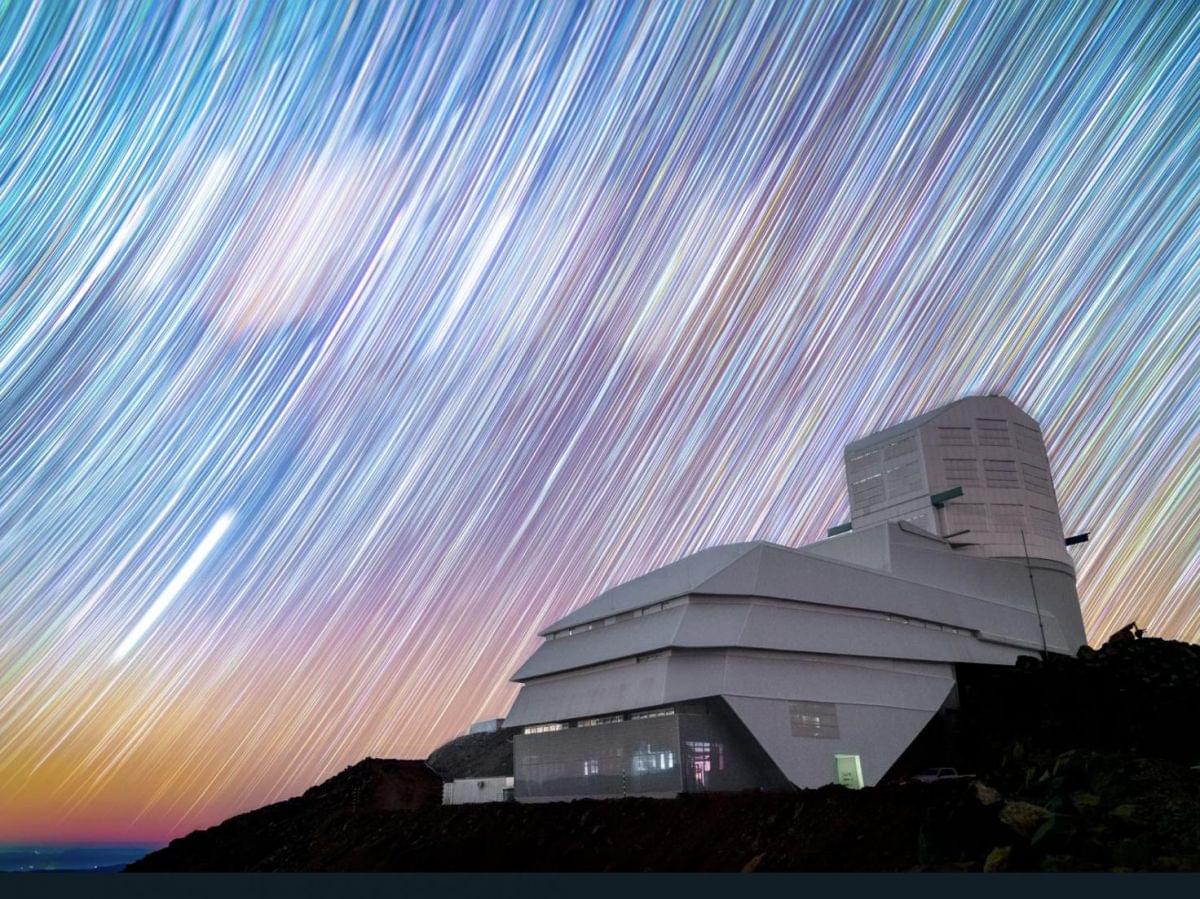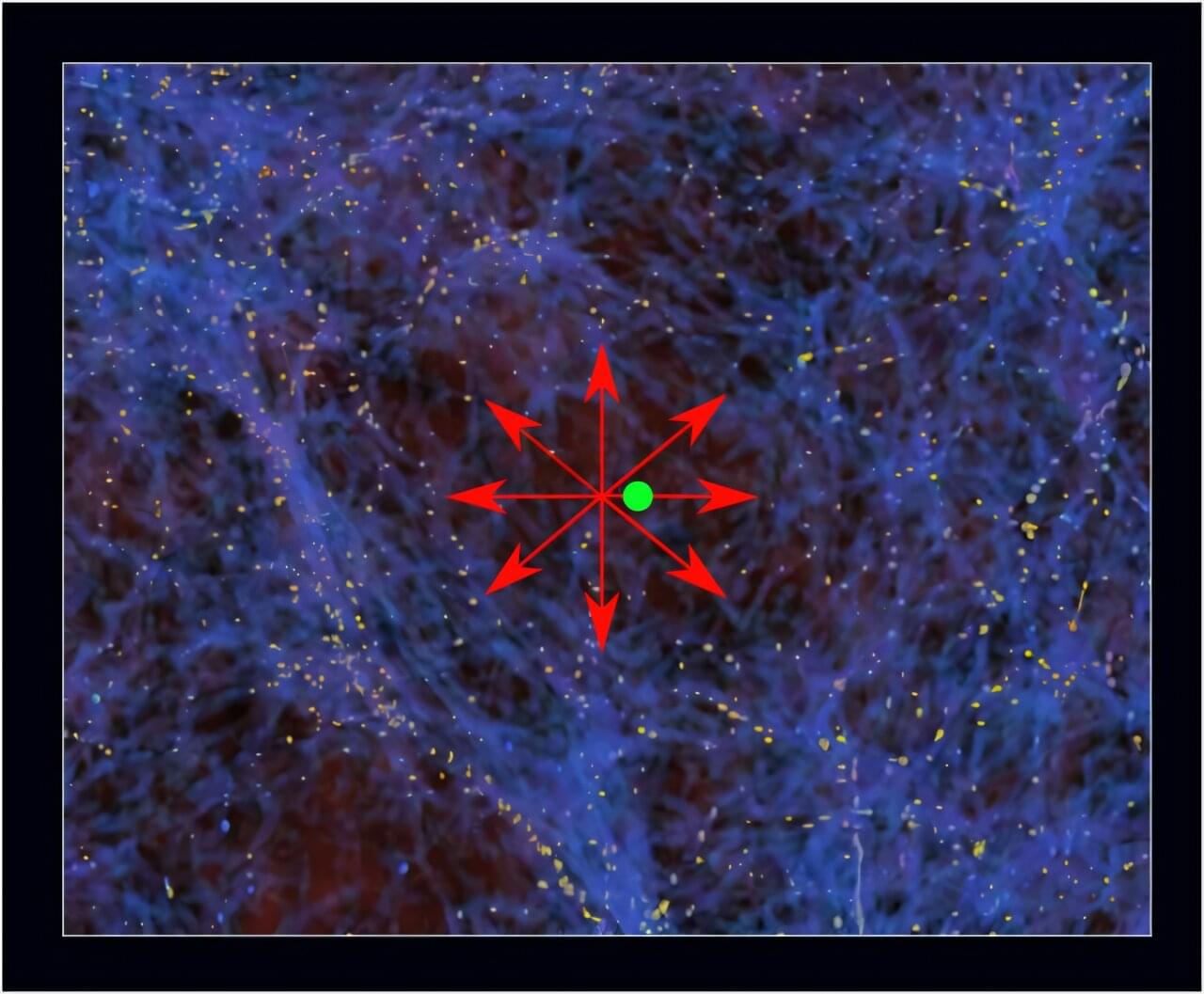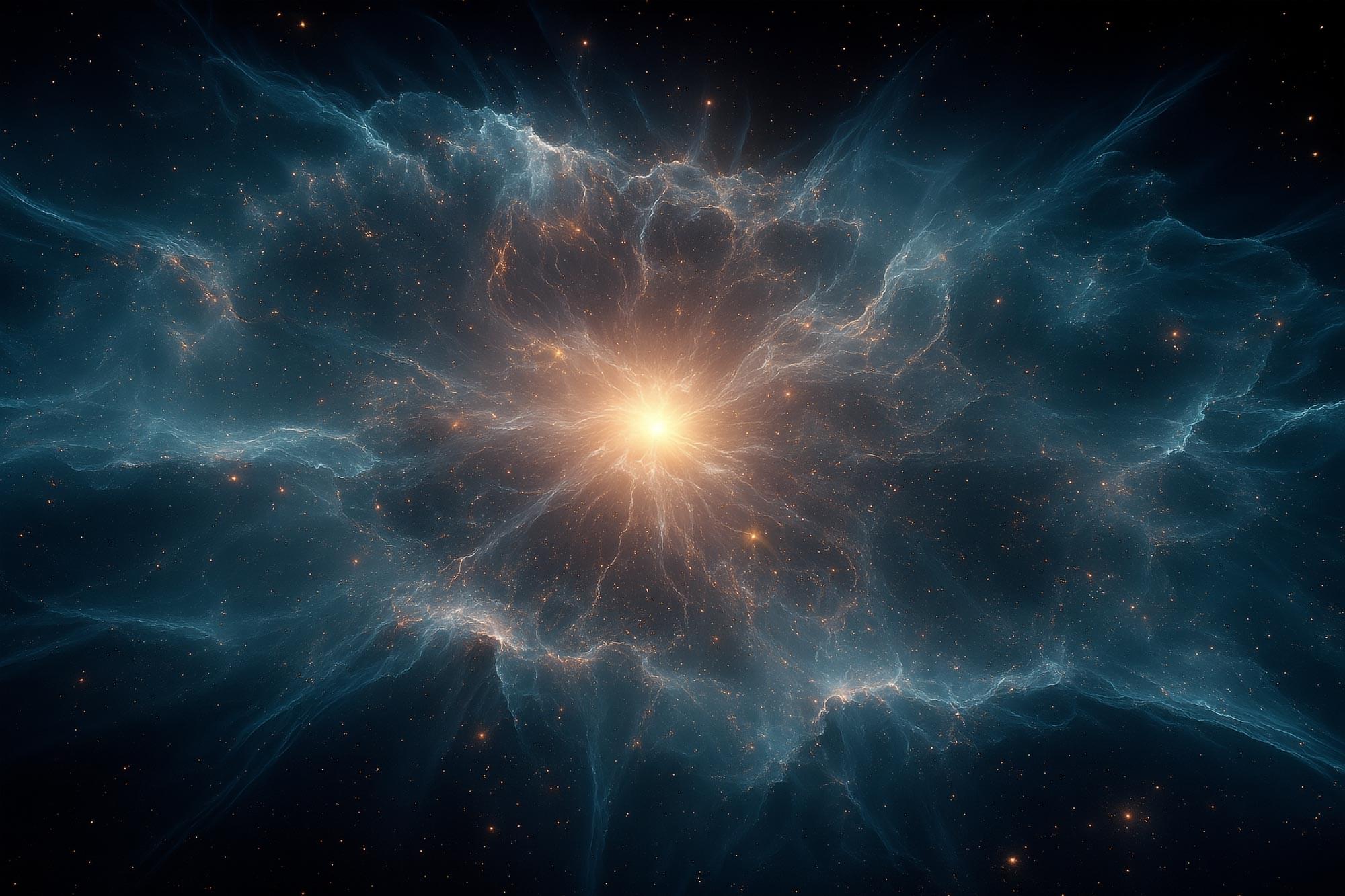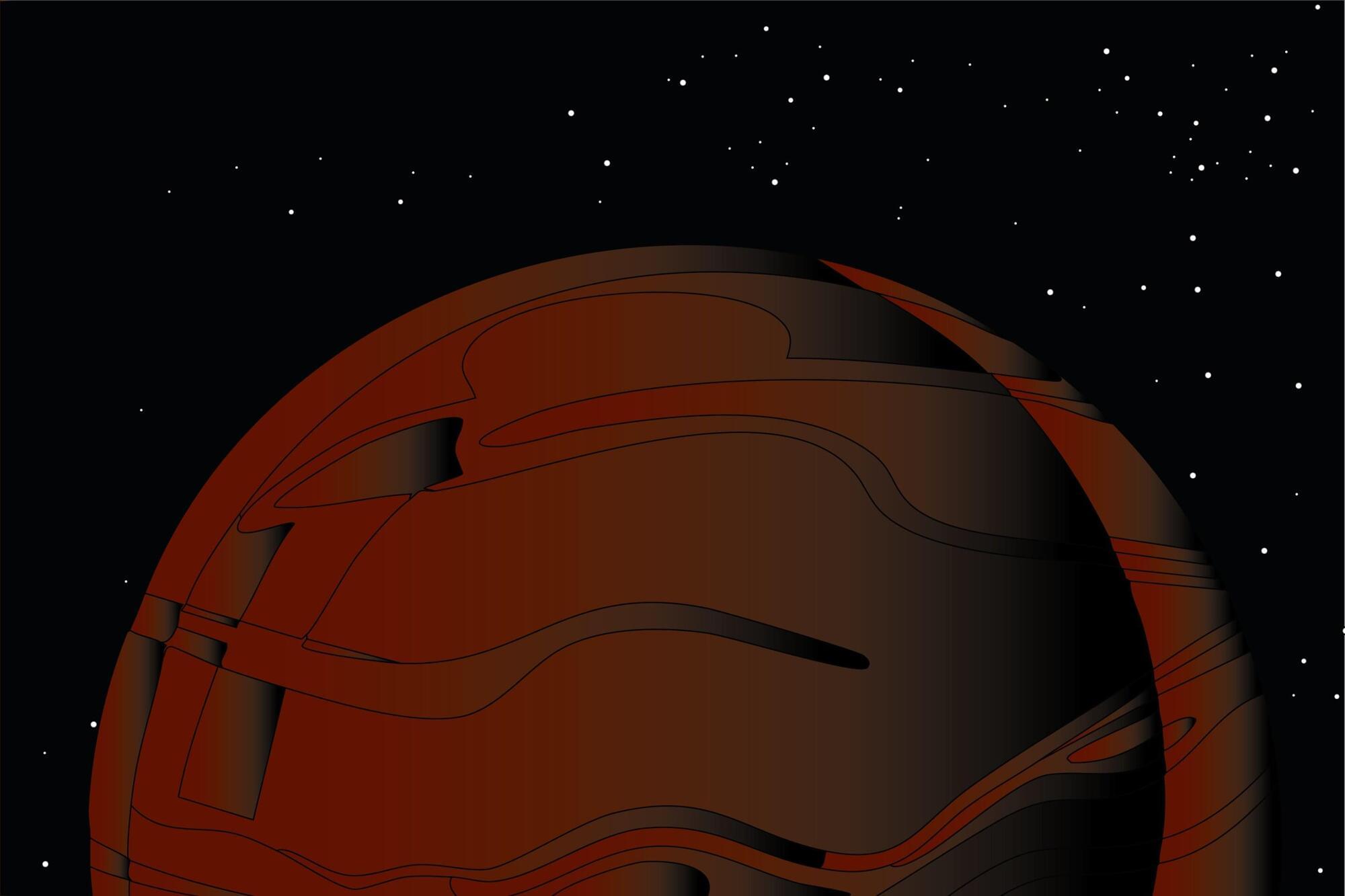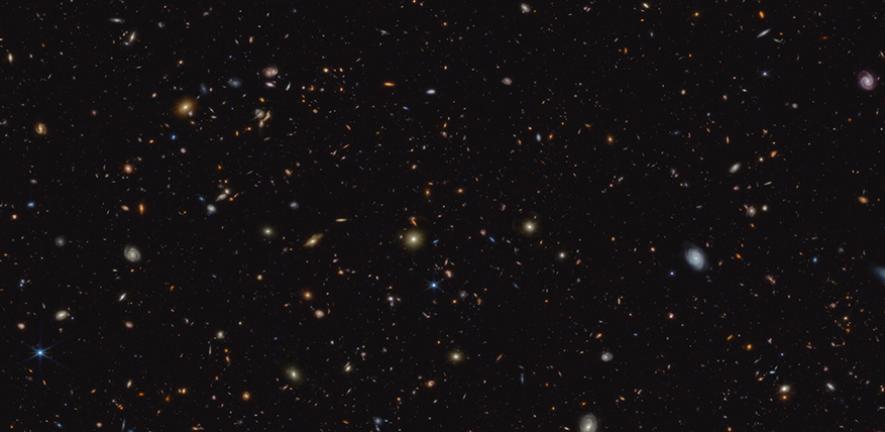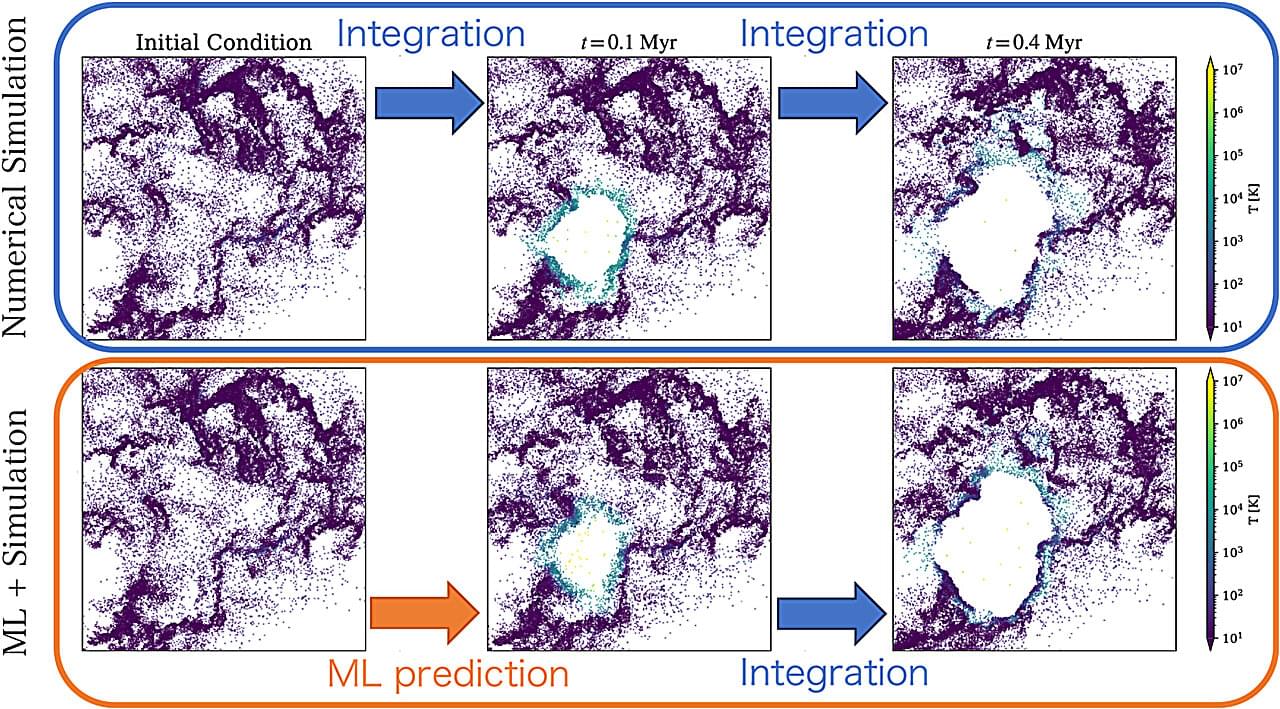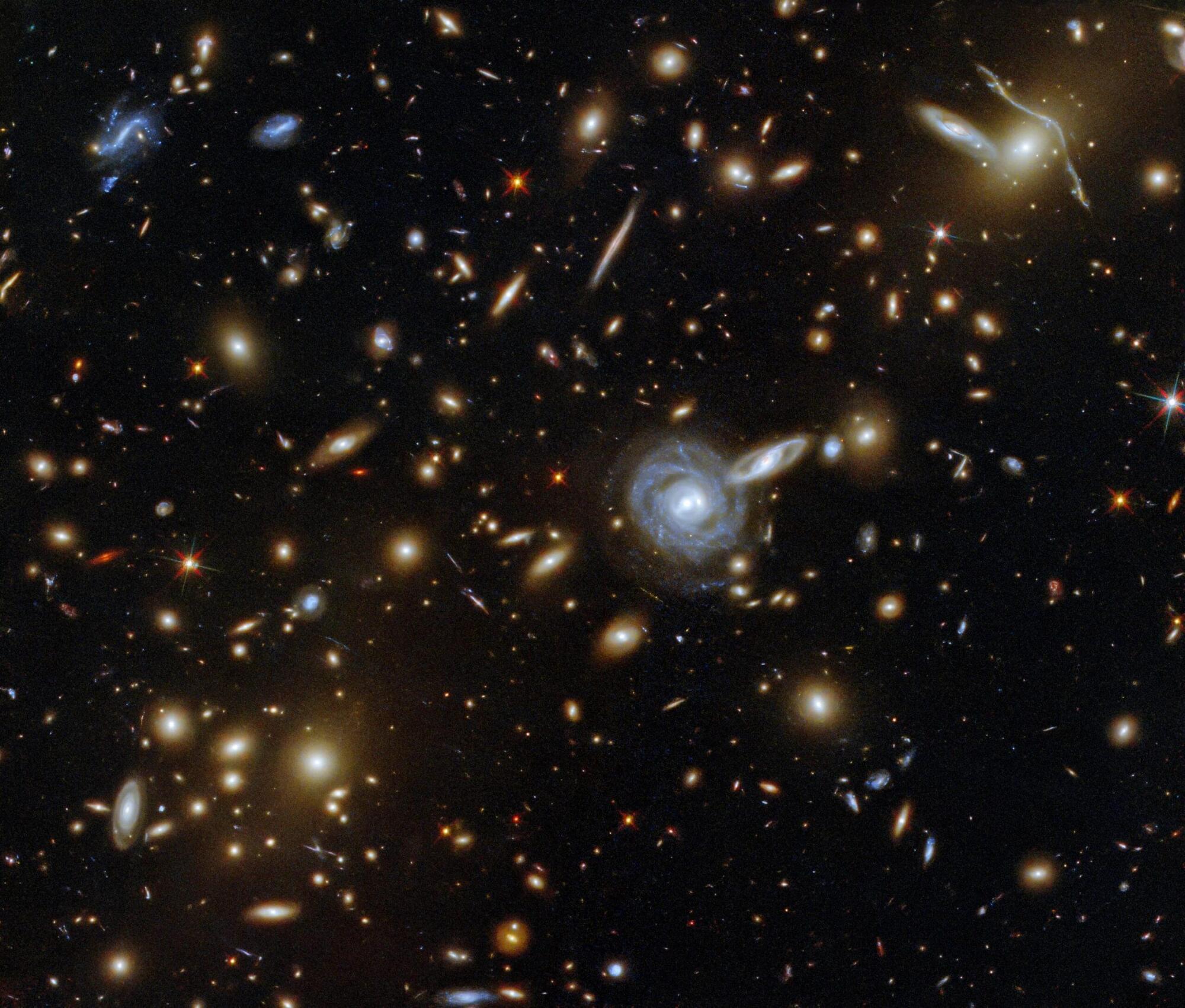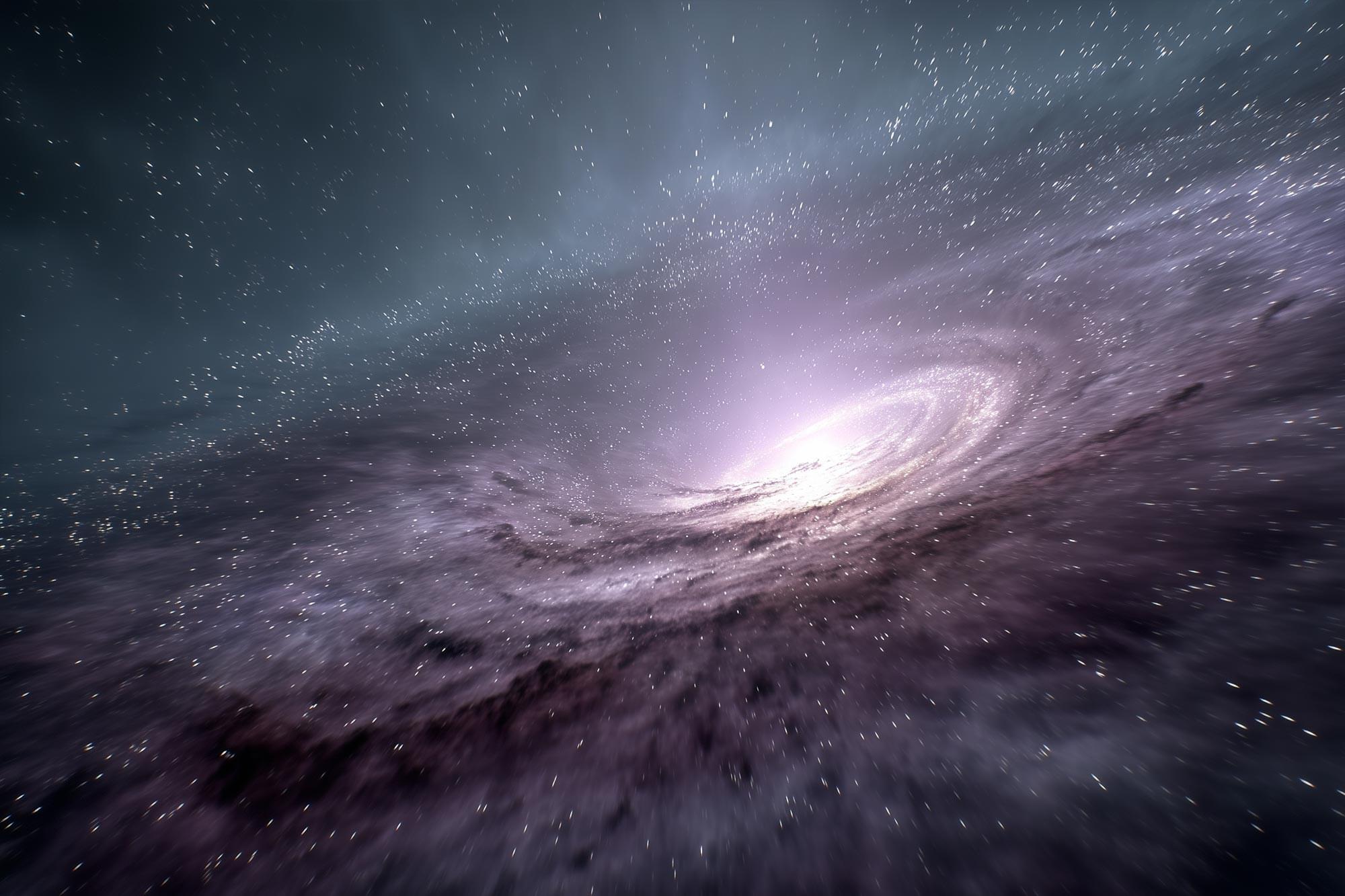In an era where technology constantly pushes the boundaries of space exploration, the Vera Rubin Observatory offers a new window into space. Its camera, the most powerful ever designed for a telescope, promises to unveil new aspects of our universe. Astronomers and sky enthusiasts eagerly await the first images that might redefine our view of distant galaxies and obscure cosmic phenomena.
Perched atop Cerro Pachón in Chile, the Vera Rubin Astronomical Observatory has just created a real event: its very first photographic capture of the universe in 3,200 megapixels. This site, dedicated to the in-depth study of the southern sky, is named after the astronomer Vera Rubin, famous for her research on dark matter. A feat that marks a new era for astronomy!
